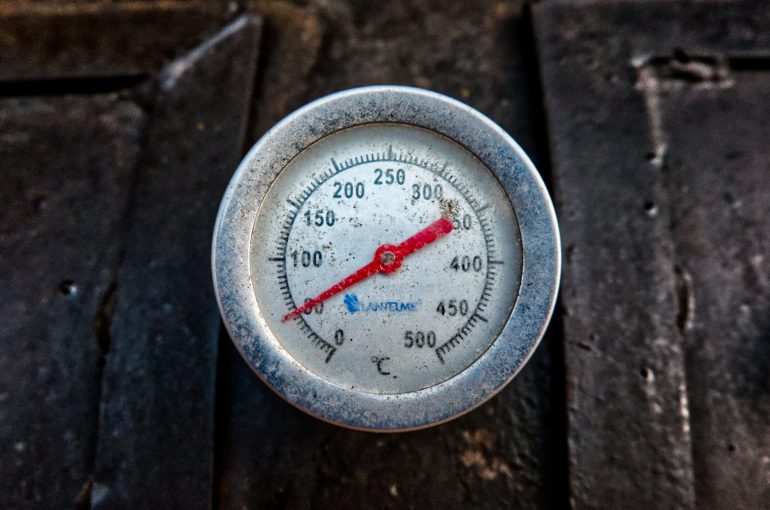Part 1 – What Falls Through Go-Live Cracks?

I’ve misplaced my oven thermometer – it happened during my recent move.
It’s just a small reminder that moves can quickly go haywire. One minute you’re placing neatly stacked novels into cardboard boxes crisply labeled “Books” – the next you’re scooping up random piles of toasters and bath towels and tossing them into the same bin with reckless abandon.
It happens in Workday implementations too.
You start out with your data consultant putting your old information into neat, loadable rows – but soon enough, after periods of little sleep, high stress, and human error, you find yourself trying to calmly explain to your accounting department that they aren’t all fired, you just forgot to turn off notifications during termination testing.
In the mad rush of Workday implementations, clients often sacrifice secondary objectives or “nice-to-haves,” like the fancy data visualizations you saw during the sales demo, and focusing on simply making sure your workers get their next paycheck.
It’s not that you don’t need those other things – in fact, your HRIS data can be critical for identifying opportunities and proactively recognizing risk. Your system’s data has the ability to tell a story – a narrative for when stakeholders ask about your values or your demographic breakdown (important in an era where investors are increasingly looking at social and environmental metrics to complement their economic decision criteria).
“How diverse is your leadership?” “Are protected classes treated equally in your organization?”
Asking your HRIS system these questions proactively has the potential to uncover recruiting blind-spots and inspire earnest initiatives to remedy imbalances. Because reporting often takes the back-seat to other more mission-critical areas during initial implementation, few clients effectively take advantage of Workday’s reporting capabilities to maximize their return on their HRIS investment.
This comes at a cost. Failing to provide your team with intelligent dashboards and insights is kinda like recklessly baking in a new oven without a thermometer.
Will your lack of diversity scorch your carefully crafted external image?
Will pay inequity and ignorance result in a gooey, under-developed and unstable cultural core?
The data is there whether or not you have a strategy to use it.
My thermometer is probably sitting in an already forgotten box in the upstairs of my new apartment – dutifully telling the ambient temperature to its boxmates of forgotten knick-knacks that I’m too nostalgic or forgetful to get rid of. But although the thermometer is broadcasting its data to the world – nobody is listening.
Companies’ HRIS systems are broadcasting their own insights and opportunities to integrate social initiatives directly into business operations. How many Workday tenants are configured to listen effectively and incorporate these analytics into workflows and other processes?
Investing in a new oven thermometer is insignificant. Despite this, some inertia has prevented me from picking up a new one: laziness, time, lack of urgency or interest – I have plenty of excuses. Businesses will have many more valid reasons for not implementing the secondary Workday enhancements they missed during go-live.
My inaction may only harm a few pans of potatoes and my own neurotic cooking tendencies.
With their HRIS data, companies have a lot more to lose.
Next week: Part 2 – A More Balanced, Contextual, and Systems-Informed Approach



